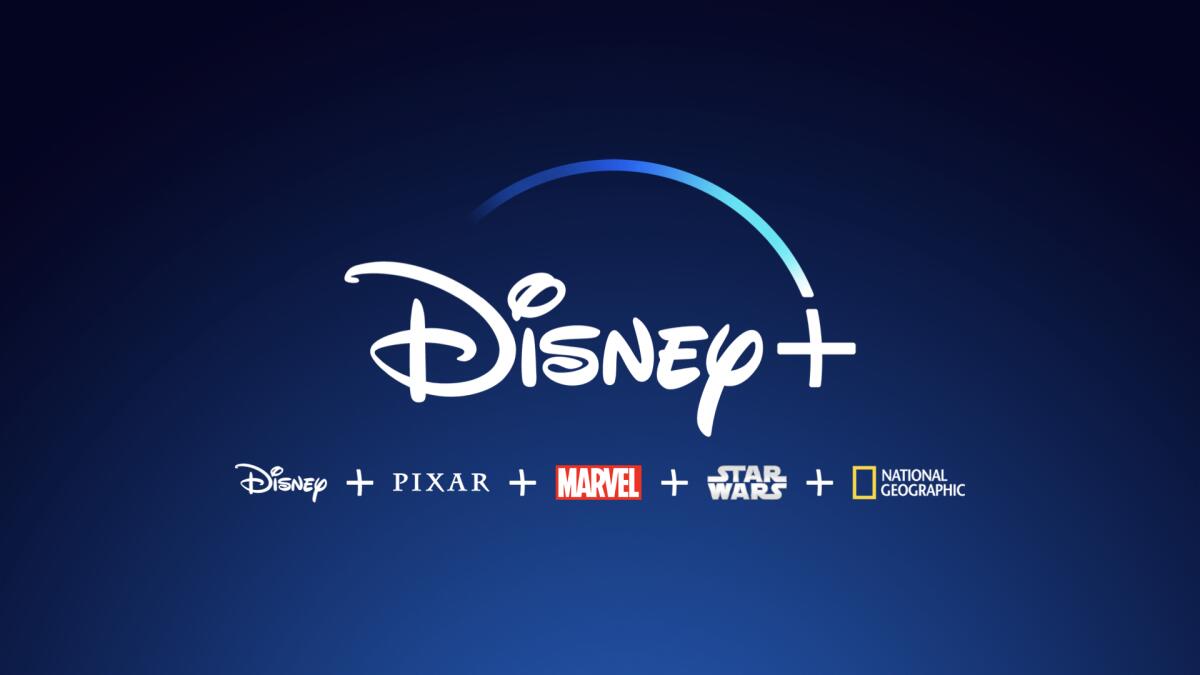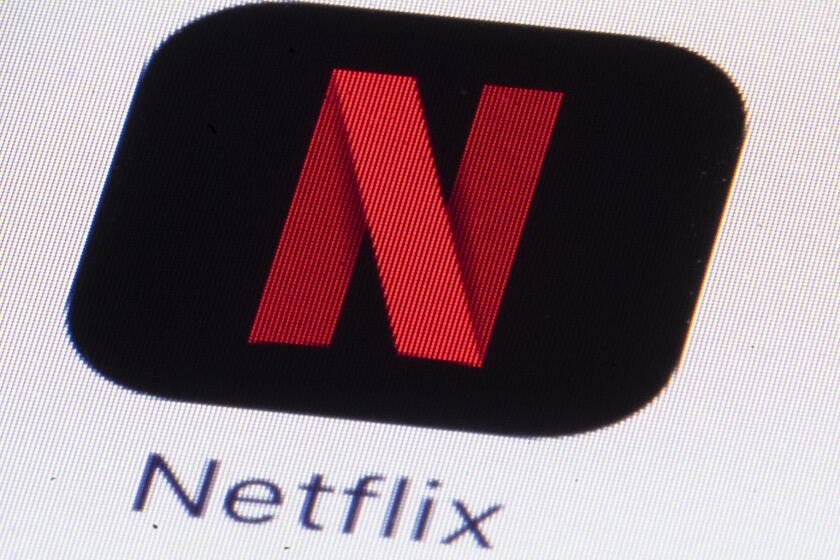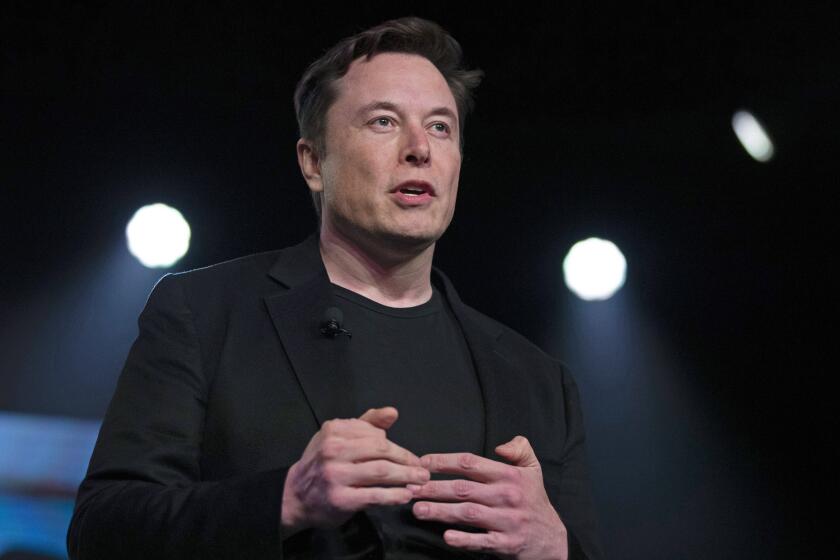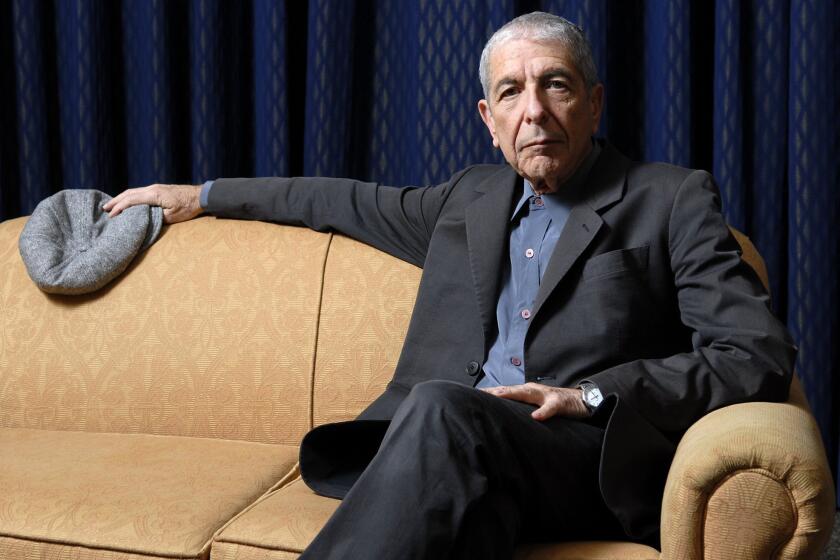The ad-supported Disney+ tier is here. Here’s what to know

- Share via
Baby Yoda, Willow and She-Hulk are officially in the advertising business.
Walt Disney Co. on Thursday launched a new tier of its popular Disney+ streaming service in the U.S. that includes commercial breaks, in a move that the company hopes will get its direct-to-consumer business closer to profitability.
The company said more than 100 advertisers have signed on so far, including brands such as Starbucks, Airbnb, Facebook owner Meta, Google, Ubisoft, AT&T and Tiffany & Co.
Disney will start with four minutes of advertising an hour. By April, it plans to launch advertising that is targeted to audiences based on Nielsen data and Disney’s own analytics, said Disney Advertising President Rita Ferro in an interview. Disney already has experience in the streaming advertising business through Hulu, another service it controls.
“We’re thrilled about having the ability to [introduce targeted ads] so quickly, but that’s obviously because we have years of streaming experience through Hulu where we’ve built a technology platform that will allow us to do that and scale that,” Ferro said.
As Disney brings ads to its service, it’s raising prices for its standard commercial-free version, as it said it would when it announced the plan in August.
Walt Disney Co. reported earnings and gave an update on its growing streaming businesses, including Disney+ and Hulu. But Disney+’s ad-free tier will cost $3 more a month.
The new ad-supported tier, called Disney+ Basic, costs $8 a month, the same as the previous cost for Disney+ without advertising. Meanwhile, the fee for the regular Disney+ — now known as Disney+ Premium — has jumped up to $11, an increase of $3 from the earlier price.
Disney+’s new option is the latest example of a larger transition for a streaming video industry that has come to embrace advertising as way to make more money from subscribers while still adding customers. Netflix, which long resisted commercials, last month launched its Basic with Ads plan amid stalling subscriber growth. The version with ads costs $7 a month, compared with the standard $15.49-a-month tier.
HBO Max, now owned by the merged Warner Bros. Discovery, launched its ad-based tier last year at $10 a month, compared with the regular price of $15 a month. NBCUniversal’s Peacock and Paramount Global’s Paramount+ also have ad-supported versions that cost less than their premium counterparts.
The streaming industry’s wooing of Madison Avenue comes as Wall Street puts pressure on Hollywood to prove that its direct-to-consumer model can make enough money to justify the costs of competing for subscriptions. During the early days of the streaming wars, investors rewarded entertainment companies for boosting their subscriber counts at all costs. Now the script has flipped.
The plan, which starts Nov. 3, would bring 4 to 5 minutes of commercials per hour to Netflix programs like “Emily in Paris.”
Disney’s stock fell 40% this year amid worries about streaming, an advertising slowdown and larger economic issues such as inflation and a possible recession. The company last month said its direct-to-consumer segment, which includes Disney+, Hulu and ESPN+, lost $1.5 billion in the most recent fiscal quarter. Those were among the many factors in the board’s decision to oust Chief Executive Bob Chapek and bring back former CEO Bob Iger to lead the company.
Disney has projected that its name-brand streaming service will reach profitability sometime in 2024. Before he was fired, Chapek announced cost-cutting measures, including a hiring freeze, which Iger is keeping in place.
The new advertising tiers come as the entertainment business faces a slowdown in the ad market amid broader economic concerns. U.S. advertising revenue from TV programming increased a projected 1% in 2022, compared with a 13% jump last year that came as the industry rebounded from the COVID-19 pandemic, according to research company GroupM. U.S. TV advertising is expected to be virtually flat next year, the firm said.
Iger has already taken steps to undo some of the organizational changes made by his predecessor, but his return to the company comes with many challenges.
Still, analysts see the addition of ads as likely being positive for Disney.
A survey by Samba TV and HarrisX said that nearly half of current Disney+ users (45%) would consider shifting to an ad-supported model.
“The exciting value proposition from Disney’s upcoming streaming ad model lies in the possibility it offers to bring in and monetize net new or lapsed subscribers,” said Samba TV Senior Vice President Dallas Lawrence in an emailed statement.
Unlike Netflix’s basic plan with ads, Disney+’s ad-supported tier will have all the same shows and movies as the previously existing version.
Key features will carry over. Those include the ability to create multiple profiles with parental controls, stream on multiple devices and use advanced video formats such as 4K Ultra HD and Dolby Vision.
But there will be limits at first. Disney+ Basic subscribers won’t be able to download programs and movies, initially.
Current subscribers have the option to switch to the $8-a-month version. Those who would rather avoid ads will see their bill increase to $11 a month or $110 a year. Ad-based bundled options include Disney+ and Hulu for $10 a month; Disney+, Hulu and ESPN+ for $13 a month; and a plan including all three, plus live TV channels, for $70 a month.
“We have done this with tremendous research,” Ferro said. “We wanted to offer consumer choice and flexibility ... and this is just one more way to bring more opportunity for people to access their favorite brands and storytelling.”
More to Read
Inside the business of entertainment
The Wide Shot brings you news, analysis and insights on everything from streaming wars to production — and what it all means for the future.
You may occasionally receive promotional content from the Los Angeles Times.













